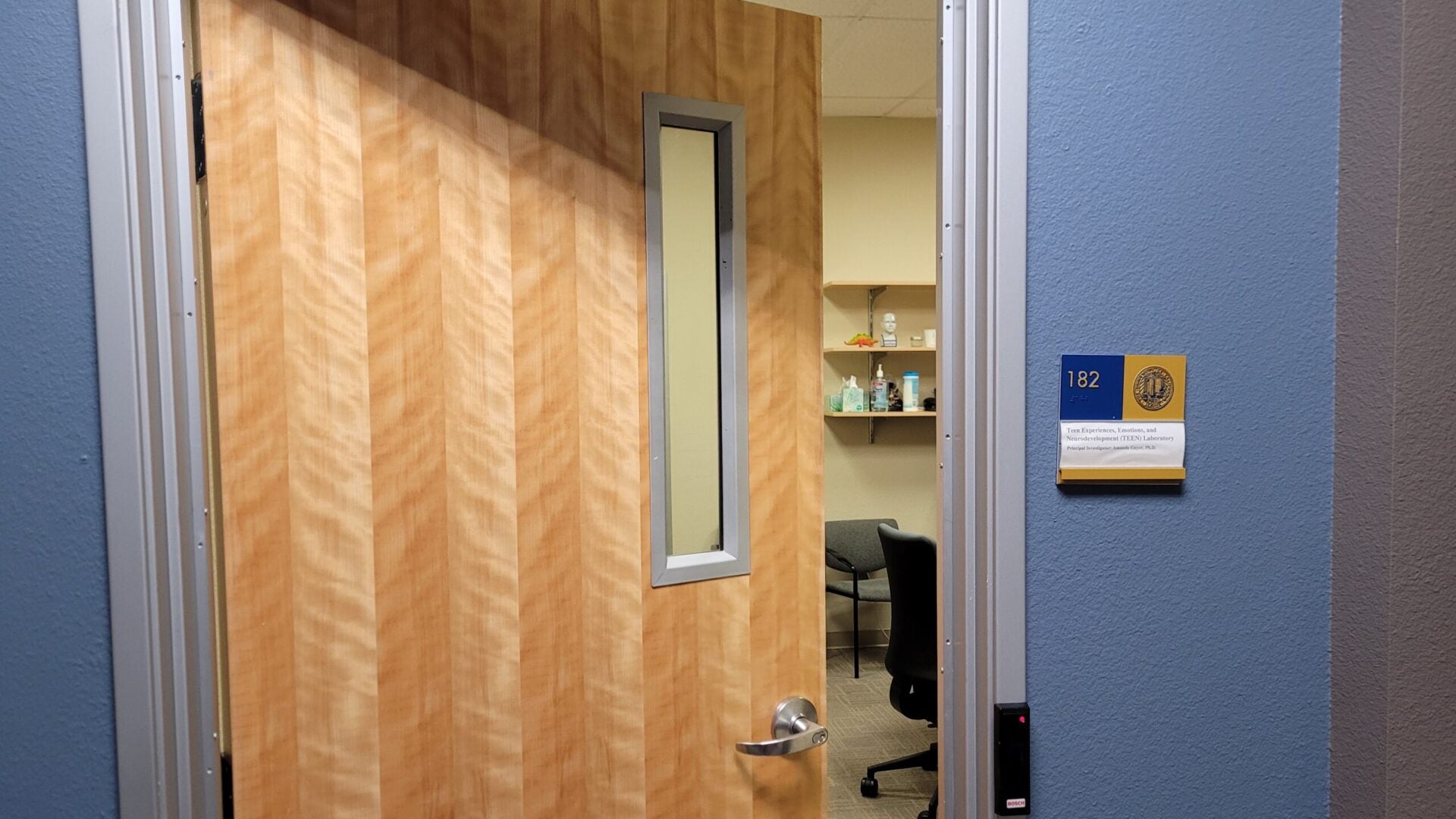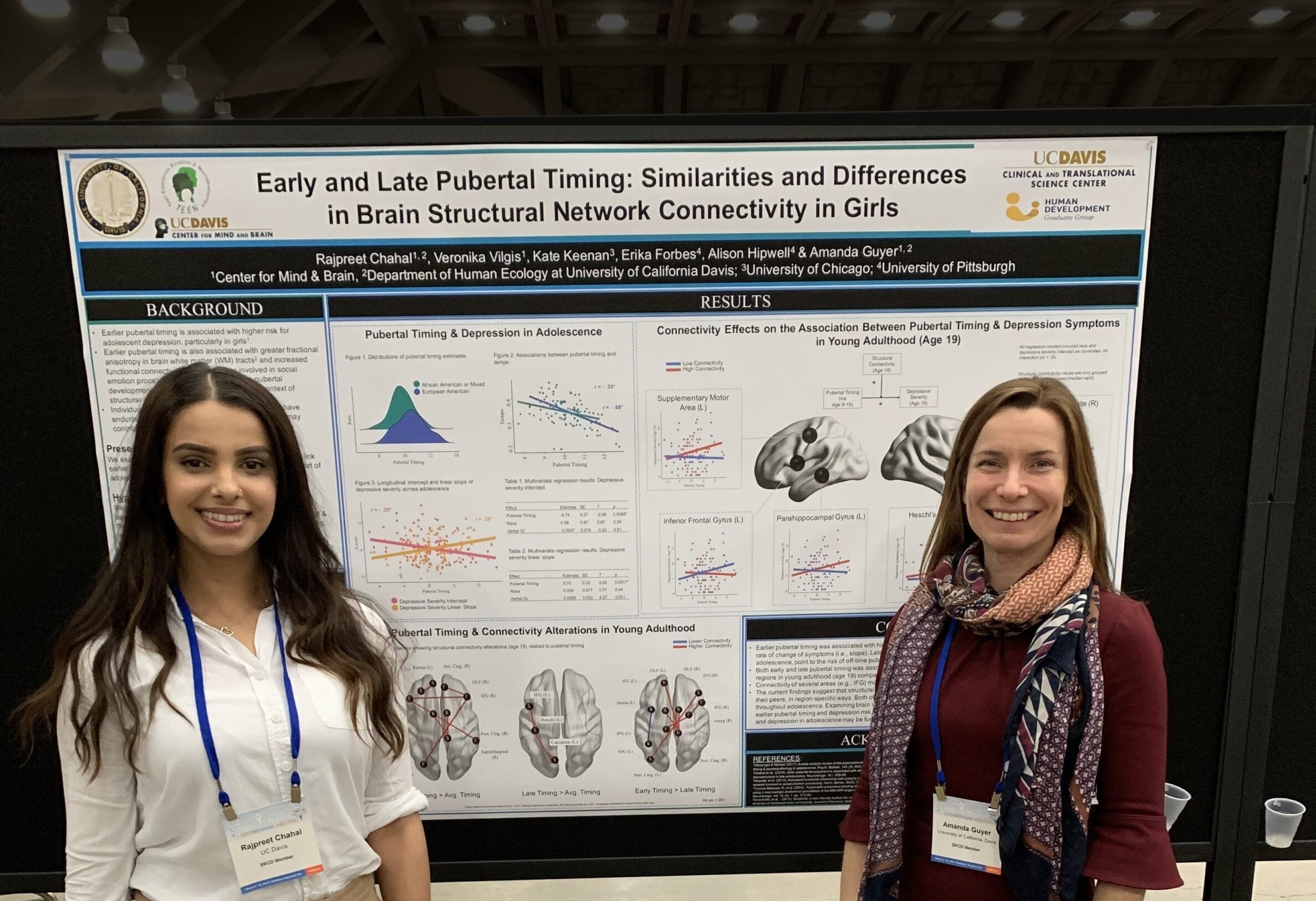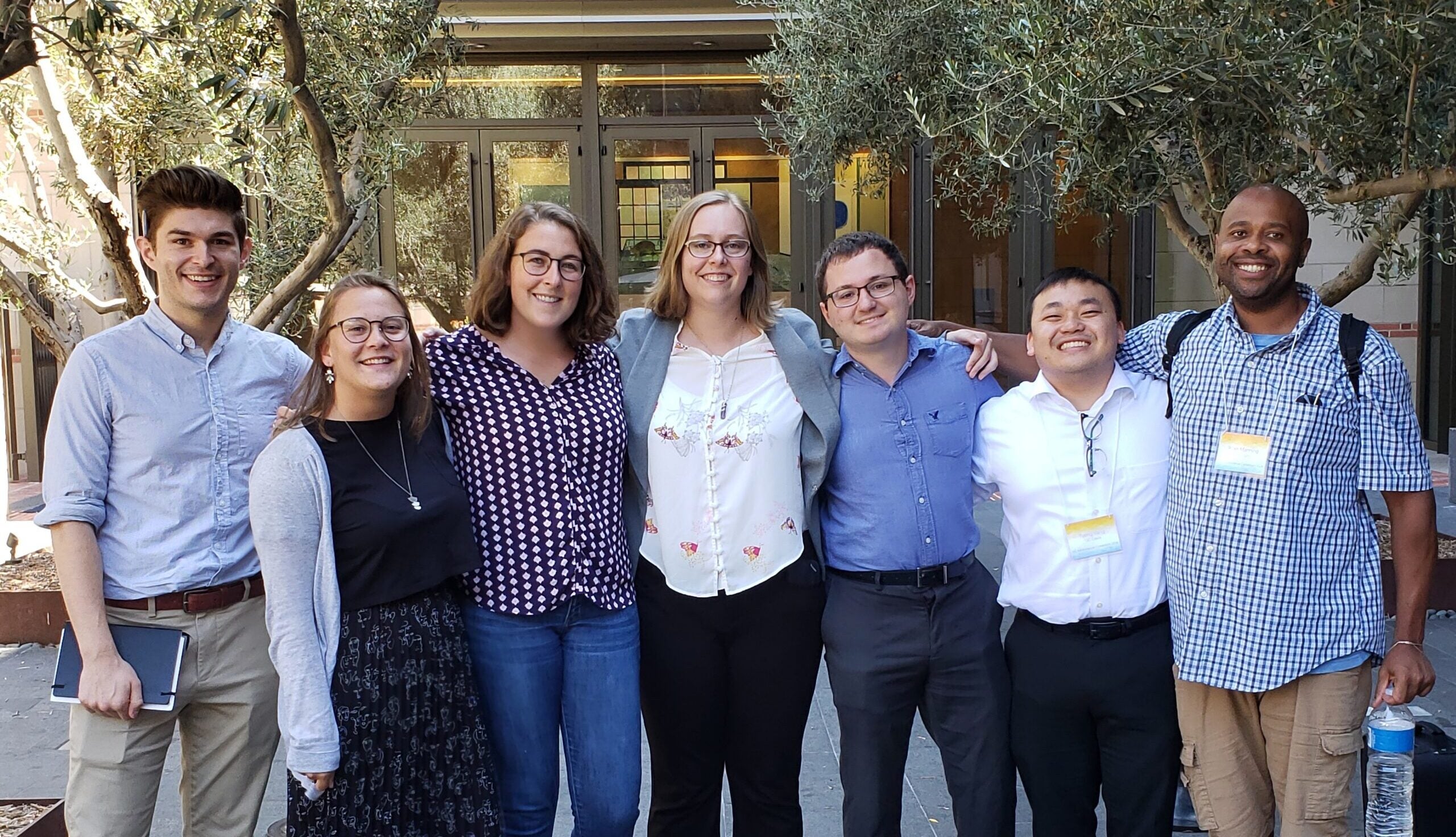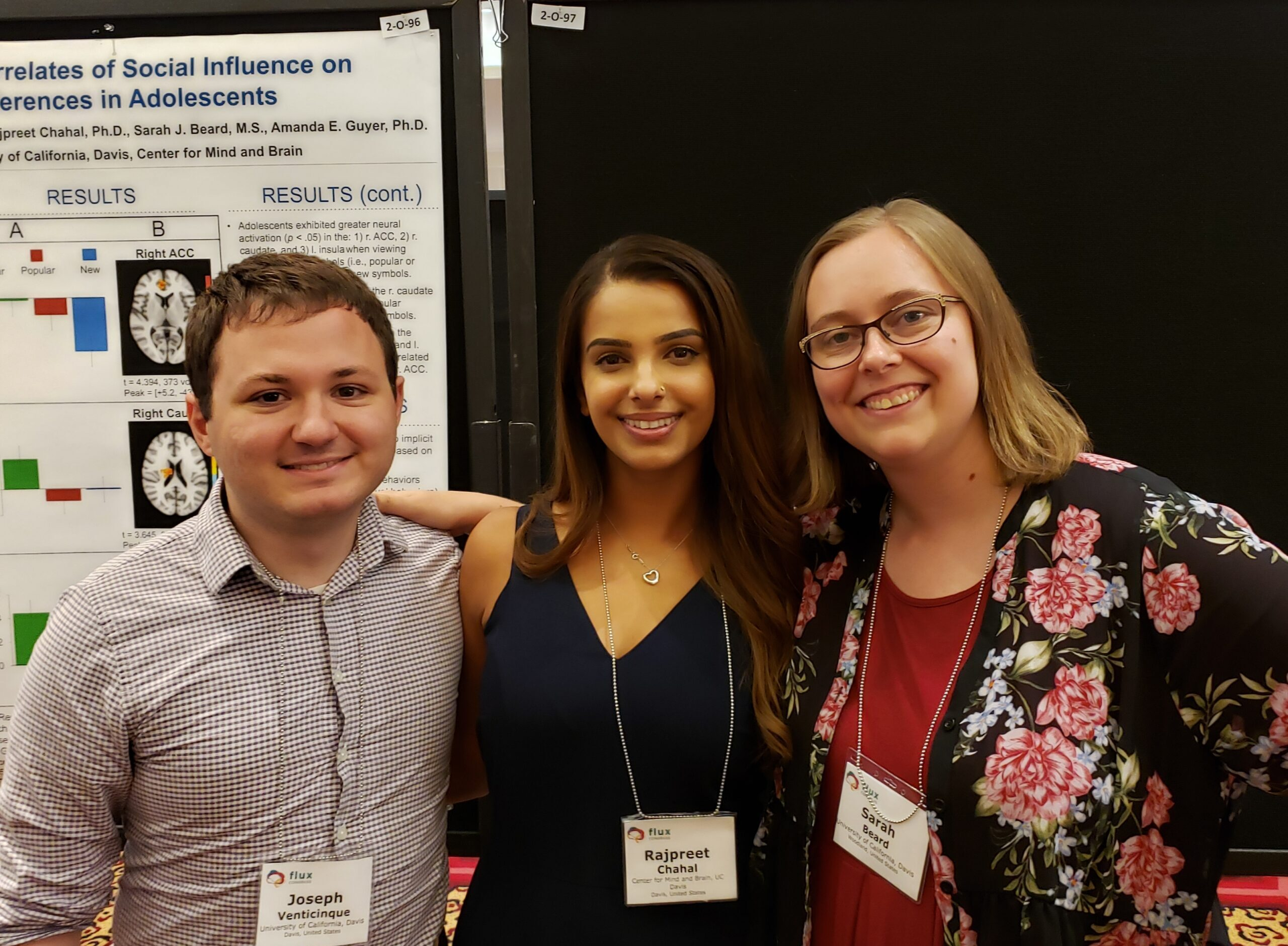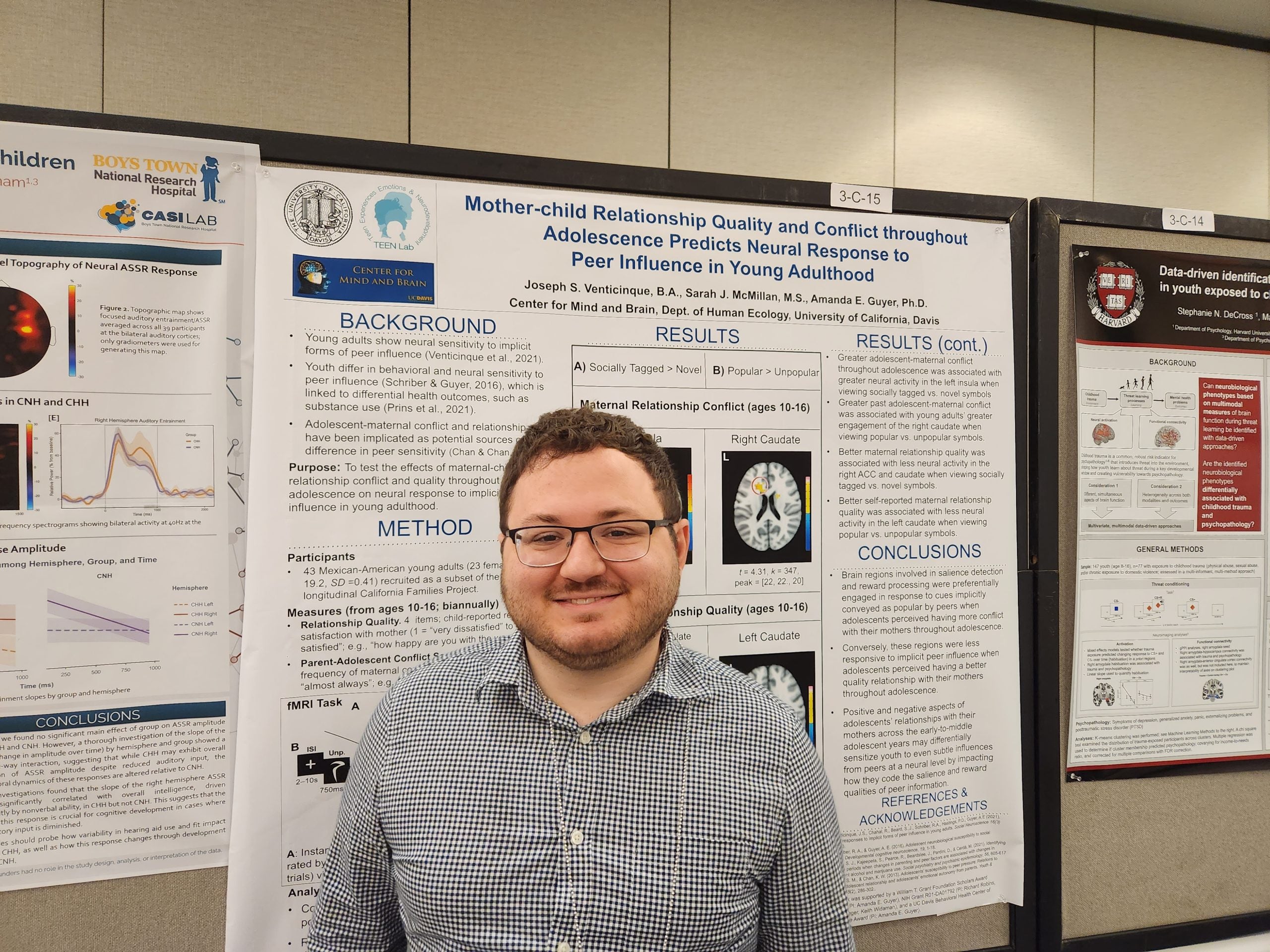Jennifer YF Lau, David Goldman, Beata Buzas, Stephen J Fromm, Amanda E Guyer, Colin Hodgkinson, Christopher S Monk, Eric E Nelson, Pei-Hong Shen, Daniel S Pine, and Monique Ernst (2009). Biol Psychiatry, 65(4):349-55.
BACKGROUND: Associations between a functional polymorphism in the serotonin transporter gene and amygdala activation have been found in healthy, depressed, and anxious adults. This study explored these gene-brain associations in adolescents by examining predictive effects of serotonin transporter gene variants (S and L(G) allele carriers vs. L(A) allele homozygotes) and their interaction with diagnosis (healthy vs. patients) on amygdala responses to emotional faces. METHODS: Functional magnetic resonance data were collected from33 healthy adolescents (mean age: 13.71, 55% female) and 31 medication-free adolescents with current anxiety or depressive disorders (or both; mean age: 13.58, 56% female) while viewing fearful, angry, happy, and neutral facial expressions under varying attention states. RESULTS: A significant three-way genotype-by-diagnosis-by-face-emotion interaction characterized right amygdala activity while subjects monitored internal fear levels. This interaction was decomposed to map differential gene-brain associations in healthy and affected adolescents. First, consistent with healthy adult data, healthy adolescents withat least one copy of the S or L(G) allele showed stronger amygdala responses to fearful faces than healthy adolescents without these alleles. Second, patients with two copies of the L(A) allele exhibited greater amygdala responses to fearful faces relative to patients with S or L(G) alleles. Third, although weaker, genotype differences on amygdala responses in patients extended to happyfaces. All effects were restricted to the fear-monitoring attention state. CONCLUSIONS: S/L(G) alleles in healthy adolescents, as in healthy adults, predict enhanced amygdala activation to fearful faces. Contrary findings of increased activation in patients with L(A)L(A) relative to the S or L(G) alleles require further exploration.
